Mind Control and the Art of Writing
In the realm of human cognition, few concepts are as intriguing and controversial as mind control. While often associated with science fiction or...
2 min read
 Writing Team
:
Dec 9, 2024 11:30:07 AM
Writing Team
:
Dec 9, 2024 11:30:07 AM

A groundbreaking study published in Frontiers in Psychology has unveiled compelling evidence that could revolutionize how professional writers approach their craft. The research, conducted at the Norwegian University of Science and Technology, demonstrates that handwriting activates neural pathways crucial for creativity, memory, and cognitive processing in ways that typing simply cannot match.
The researchers employed high-density Electroencephalography (HD EEG) with 256 channels to capture detailed neural activity during both handwriting and typing tasks. This sophisticated technology revealed that handwriting triggers significantly stronger brain connectivity, particularly in the theta (3.5-7.5 Hz) and alpha (8-12.5 Hz) frequency bands. For writers, these frequencies are particularly significant as they're associated with deep focus, creative thinking, and memory consolidation.
The study identified 16 distinct neural connections (corresponding to 32 paired clusters) that activate exclusively during handwriting. These connections primarily occur in the parietal and central regions of the brain, areas responsible for:
What does this mean for us?
The widespread brain connectivity patterns observed during handwriting suggest that taking notes or drafting by hand could enhance creative flow. The theta and alpha wave activity observed in the study is similar to the brain state experienced during deep meditation or focused creativity.
The research revealed that the physical act of forming letters engages neural networks more extensively than typing. For writers working on complex projects, this suggests that handwriting initial drafts or outlines might lead to better retention of ideas and more nuanced understanding of the material.
When participants wrote by hand, their brains showed significantly more activity in regions associated with working memory and attention. This increased neural engagement suggests that handwritten work might benefit from more thorough cognitive processing, potentially leading to higher-quality output.
Put this into play.
While digital tools remain essential for modern writing, this research suggests a hybrid approach might be optimal. Consider:
The first draft: Using handwriting for initial concept development and outlining, when creativity and deep thinking are most crucial.
Note-taking: Employing handwritten notes during interviews or research phases, as the stronger neural engagement could lead to better recall and understanding.
Revision process: Incorporating handwritten editing passes, particularly for structural or substantive revisions that require deep analytical thinking.
The study's detailed EEG analysis showed that handwriting created persistent neural activity patterns from 1,000 to 4,500 milliseconds after beginning the task. This sustained engagement suggests that handwriting might help writers:
While the research clearly demonstrates handwriting's cognitive benefits, modern writing demands digital output. Consider these evidence-based approaches:
This research arrives at a crucial moment when many writers rely almost exclusively on digital tools. The findings suggest that while technology offers invaluable benefits, the cognitive advantages of handwriting shouldn't be overlooked. For professional writers seeking to optimize their cognitive function and creative output, integrating strategic handwriting practices into their workflow could provide a significant advantage.
.png)
In the realm of human cognition, few concepts are as intriguing and controversial as mind control. While often associated with science fiction or...
.png)
You know why you love sitcoms? Writers. Writers make sitcoms worth watching (and the world go round, but that's obviously our biased opinion).
-1.png)
In an age where podcasts, audiobooks, and voice assistants have become ubiquitous, the written word is increasingly consumed through our ears rather...